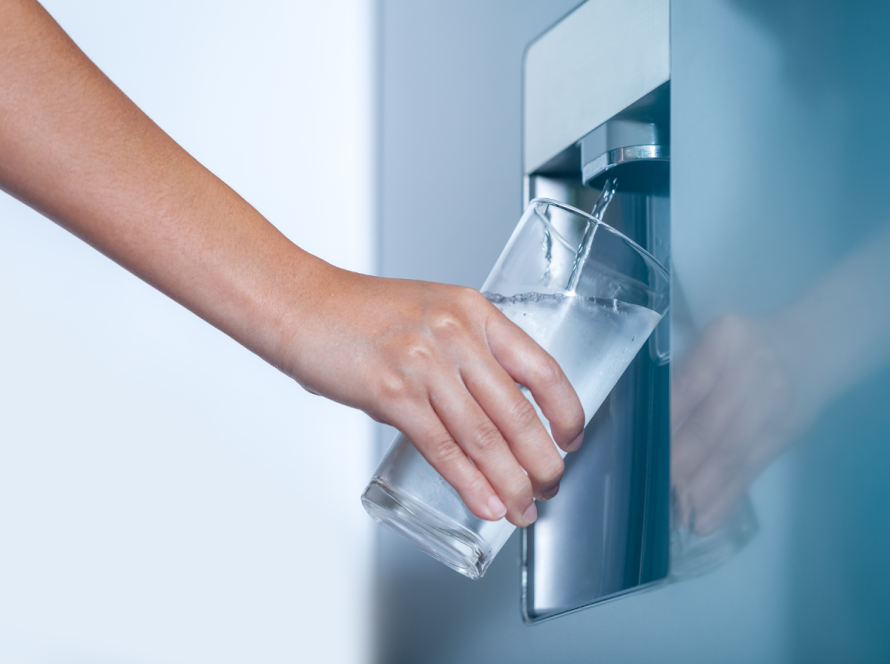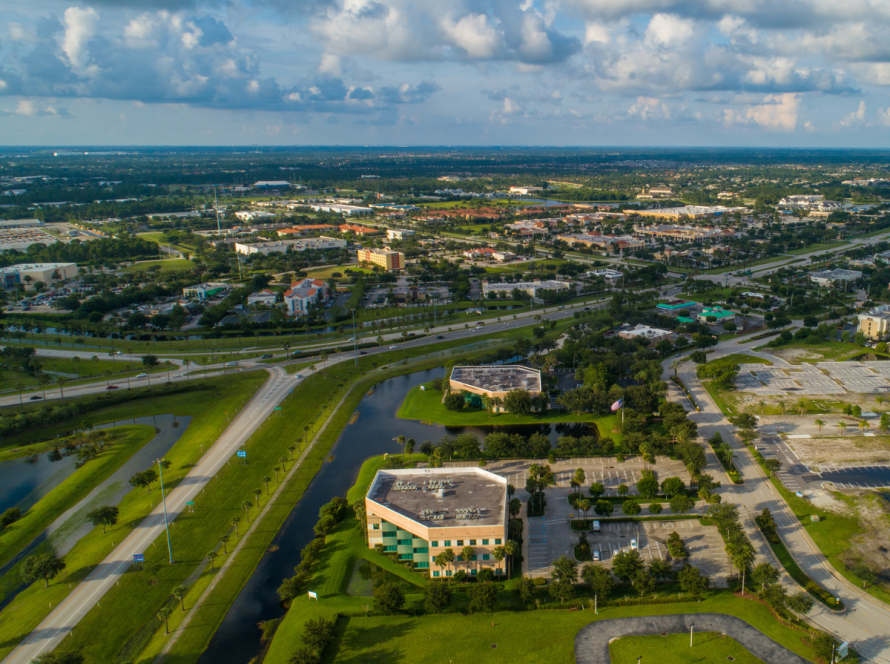Imagine never running out of fresh, clean drinking water on your next boating trip. ECHOTec Watermakers make this a reality! Forget the bulky bottled water or constant shoreside refills. Our comprehensive systems turn seawater into fresh, potable water right on your boat. We offer two different ways to achieve this: distillation and reverse osmosis. Ever wondered about the difference between distillation vs. reverse osmosis for boat watermakers? We’ll explain both technologies and help you choose the system that is right for you.
Distillation vs. Reverse Osmosis: What’s the Difference?
Both distillation and reverse osmosis systems can work wonders for your boat. Picture them as onboard alchemists. Though they both transform saltwater into pure drinking water, their methods drastically differ. Let’s dive into the difference between reverse osmosis and distilled water to see which one will be the best fit for your vessel. Both methods have their own advantages and disadvantages, so understanding these differences will help you make an informed decision.
Distillation
This method heats the seawater, which creates a clean water vapor that separates from the salt and other impurities. This vapor is then cooled down, condensing back into fresh water that you can drink.
Distillation’s Advantages
- Simplicity and Reliability: Distillation systems use fewer moving parts, making them generally more reliable and easier to maintain, especially in the rocking environment of a boat.
- Compact Design: Their smaller size makes them ideal for space-constrained or smaller vessels.
- Proven Technology: Distillation is a well-established technology that offers peace of mind for many boaters.
- Broad-Spectrum Purification: Distillation removes not just salt but also bacteria and other impurities.
Reverse Osmosis
Reverse osmosis watermakers for boats use pressure to push saltwater through a special membrane. The membrane acts like a tiny filter, only allowing water molecules to pass through while salt and other impurities get left behind. The leftover salty water is flushed out.
Reverse Osmosis Advantages
- Energy Efficiency: Reverse osmosis systems are champions of efficiency; They use less power than distillation to produce the same amount of freshwater. This also lowers running costs and causes less strain on your boat’s batteries.
- Faster Production: These often churn out water faster than distillation units, which is essential for larger boats or those with high water consumption needs.
- Lower Maintenance Needs: While they have more parts than distillation systems, reverse osmosis membranes typically last for several years before needing replacement.
- Wider Availability: These systems are a popular choice, offering a wider range of models and easier access to replacement parts.
In the case of reverse osmosis vs. distilled water production, both have their strengths. Distillation shines with its simplicity, reliability, and ability to remove a wide range of contaminants. Reverse osmosis has impressive efficiency, faster water production, and lower long-term maintenance needs. Ultimately, the best choice depends on your specific needs and priorities on the water.
Reliable Solutions With ECHOTec Watermakers
ECHOTec offers a range of sailboat watermakers and powerboat watermakers, utilizing both distillation and reverse osmosis technologies to transform seawater into fresh, drinkable water.
Distillation and reverse osmosis watermakers are game-changers for your boating adventures. Skip the endless restocking of bottled water! Distillation and reverse osmosis watermakers provide a sustainable source of fresh water on your boat, reducing plastic waste.
We’ve also divulged information about distillation vs. reverse osmosis and the advantages of each system. Now you can choose the one that best suits your needs! Contact ECHOTec Watermakers today, and let us help you chart a course towards a cleaner future at sea!



